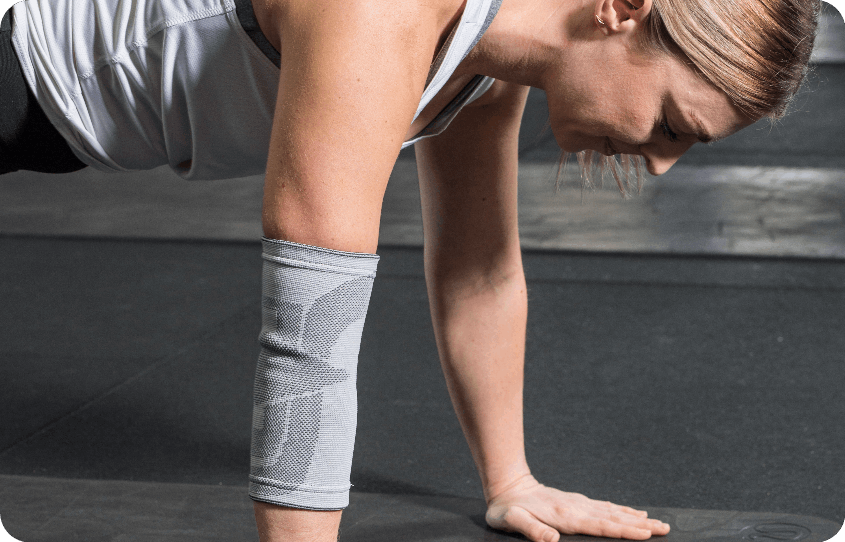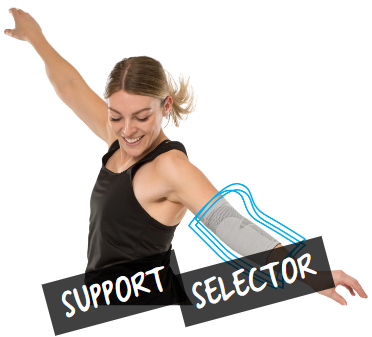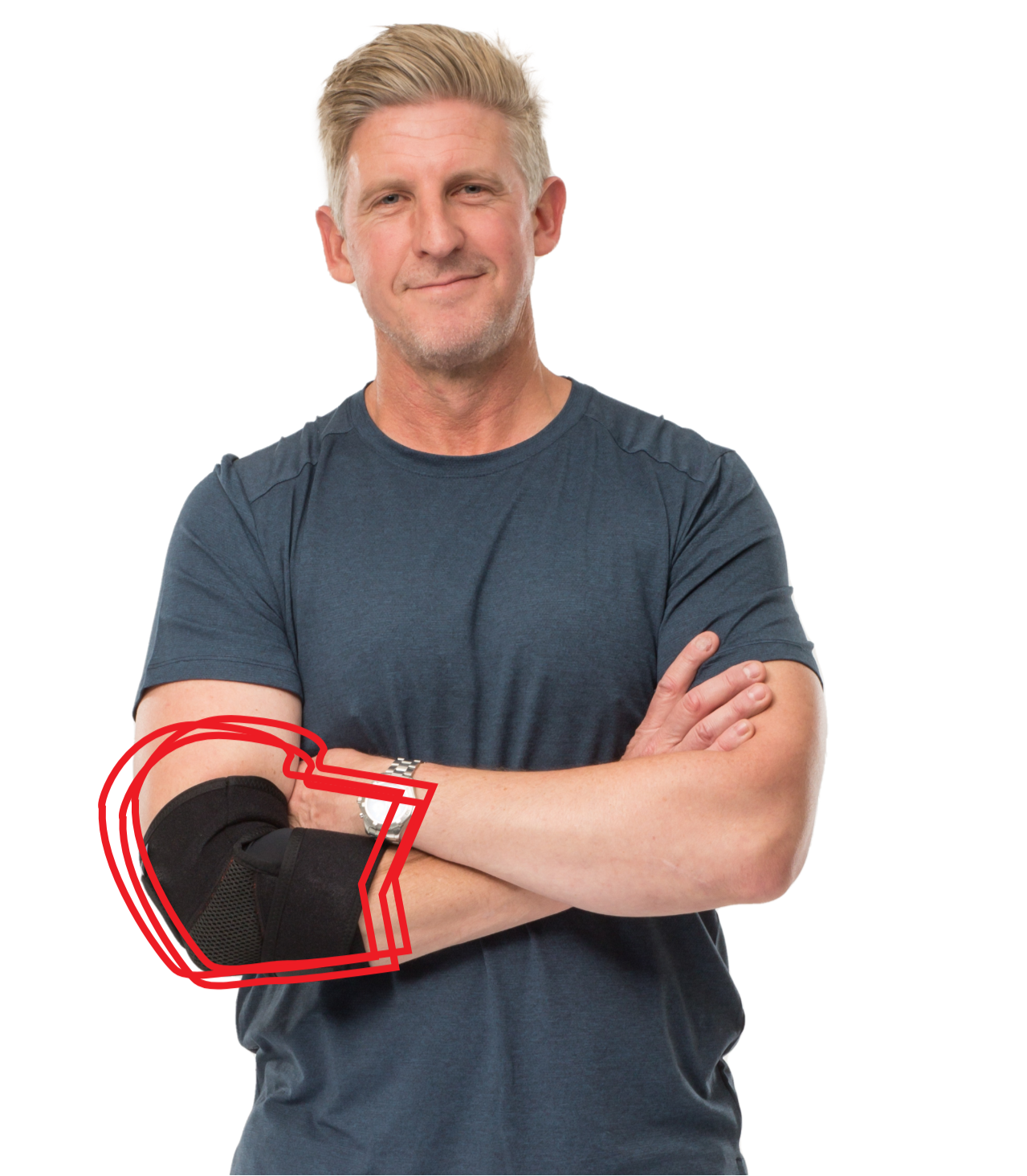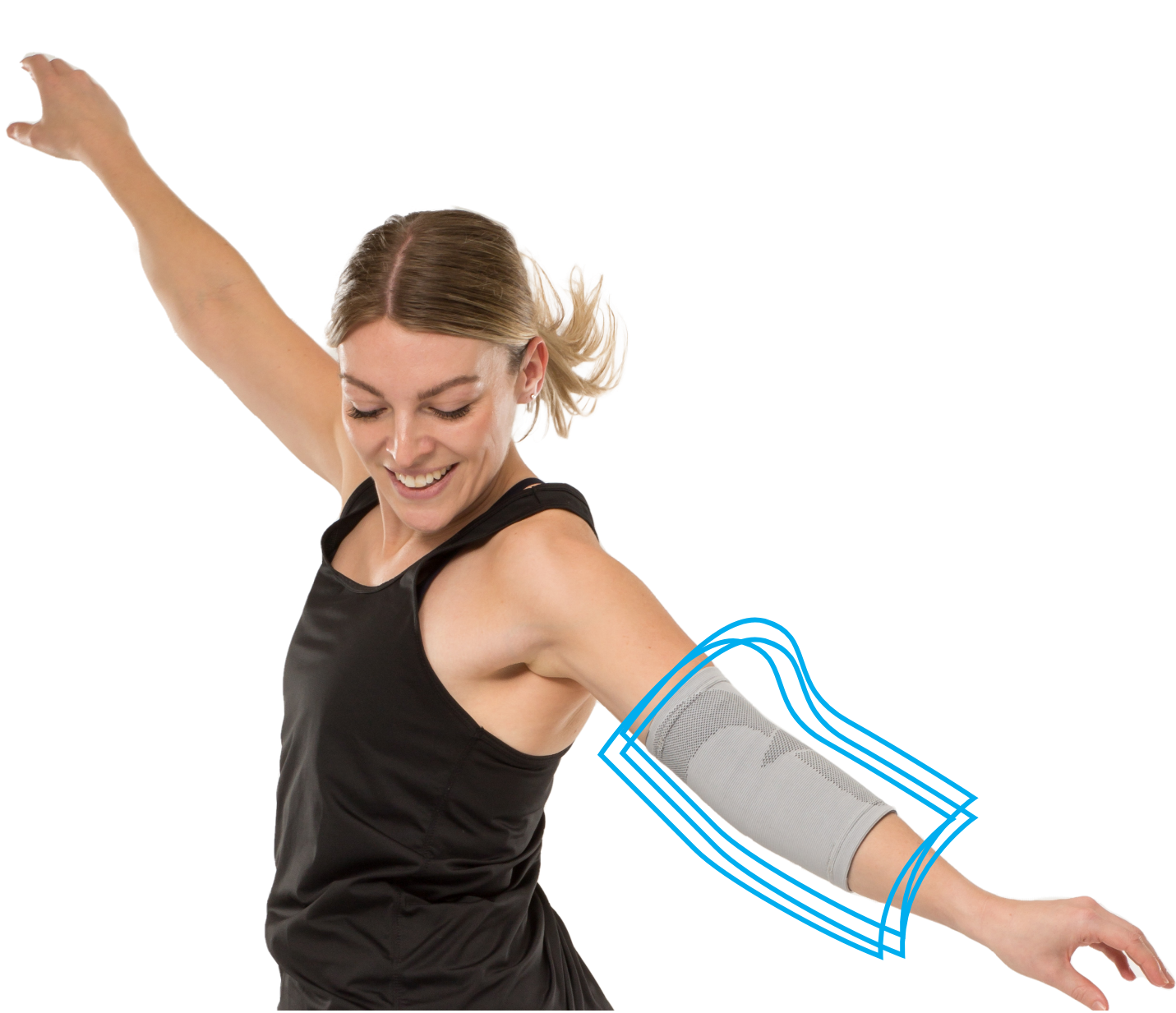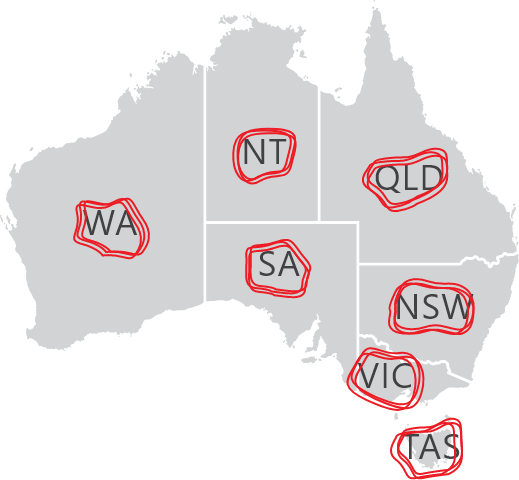
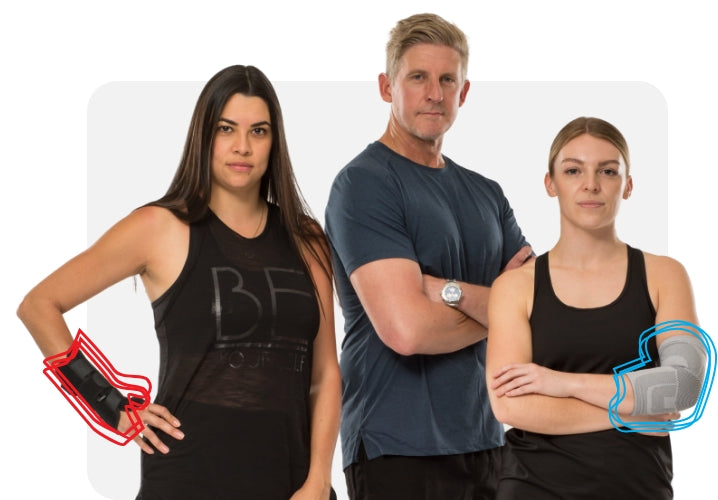
OUR MISSION
To offer an extensive range of support products that empower everyday Australians to live their life unstoppable. We exist to prove that injuries don’t have to be a setback in your journey - whatever that may be.
 Proudly Australian owned
Shipping your products from Eastern Melbourne
Proudly Australian owned
Shipping your products from Eastern Melbourne
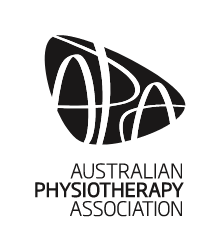 Trusted by Physios
Only supports and braces brand endorsed by the APA
Trusted by Physios
Only supports and braces brand endorsed by the APA
 Australia’s #1 choice
The #1 support and brace brand in Australian Pharmacies*
Australia’s #1 choice
The #1 support and brace brand in Australian Pharmacies*
 Industry Experts
Supporting Australians to live life unstoppable for over 30 years
Industry Experts
Supporting Australians to live life unstoppable for over 30 years
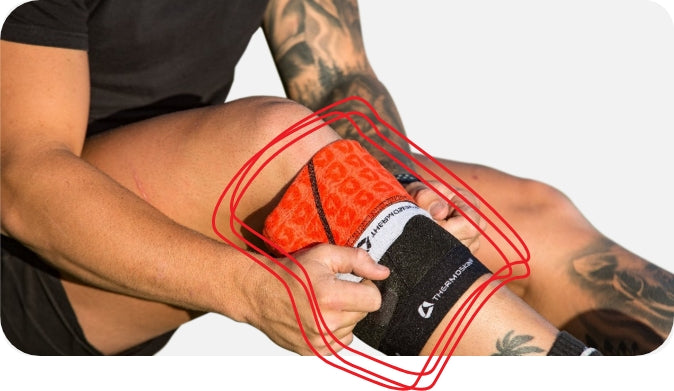
A culture of innovation
We are brave, we are progressive. We never stand still when it comes to continuous improvement to develop innovative ways to support EVERYBODY. Our exclusive thermal regulating fabrics, EXO™ and Trioxon® Advantage, release energy in the form of heat to enhance recovery. The first of its kind. It doesn’t stop there. We are determined to constantly evolve and innovate through not only the products we create, but our approach to everything we do.
Its this approach to innovation that has lead Thermoskin to be the number 1 supports and braces brand in Australia.
*IQVIA™, Pharmacy Sell Out Service, Braces and Supports category, Value Sales, Year 2022
REDUCING OUR IMPACT
We place great importance on our responsibility as a leading manufacturer of brace and support products. To do our part in minimising our impact, our solution-oriented approach focuses on waste, water, carbon, and chemistry and spans across every part of our business. Our Themal and EXO products are made with these sustainable initiatives:
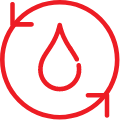



UNSURE WHICH PRODUCT IS RIGHT FOR YOU?
Searching through the endless options can be confusing. Let us recommend the best product for your need.
LETS GO